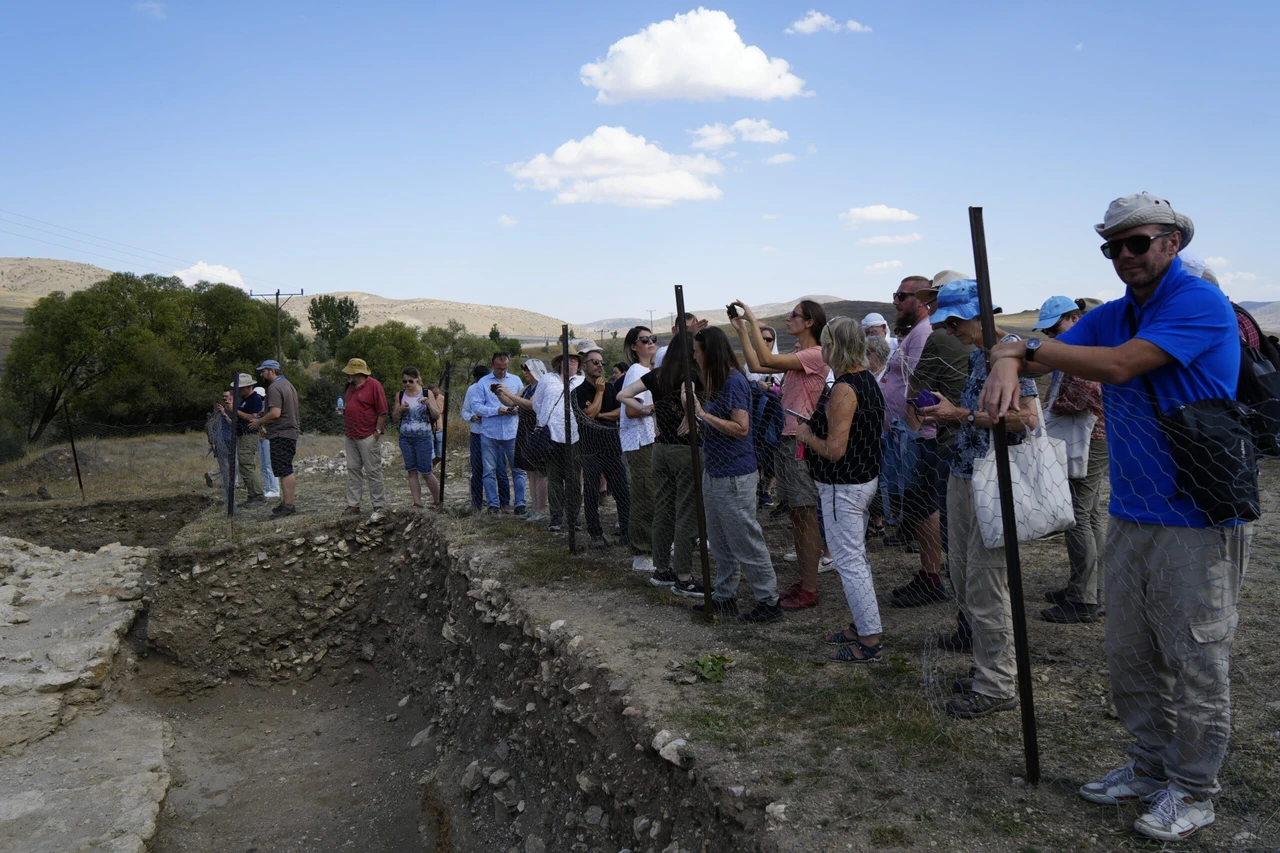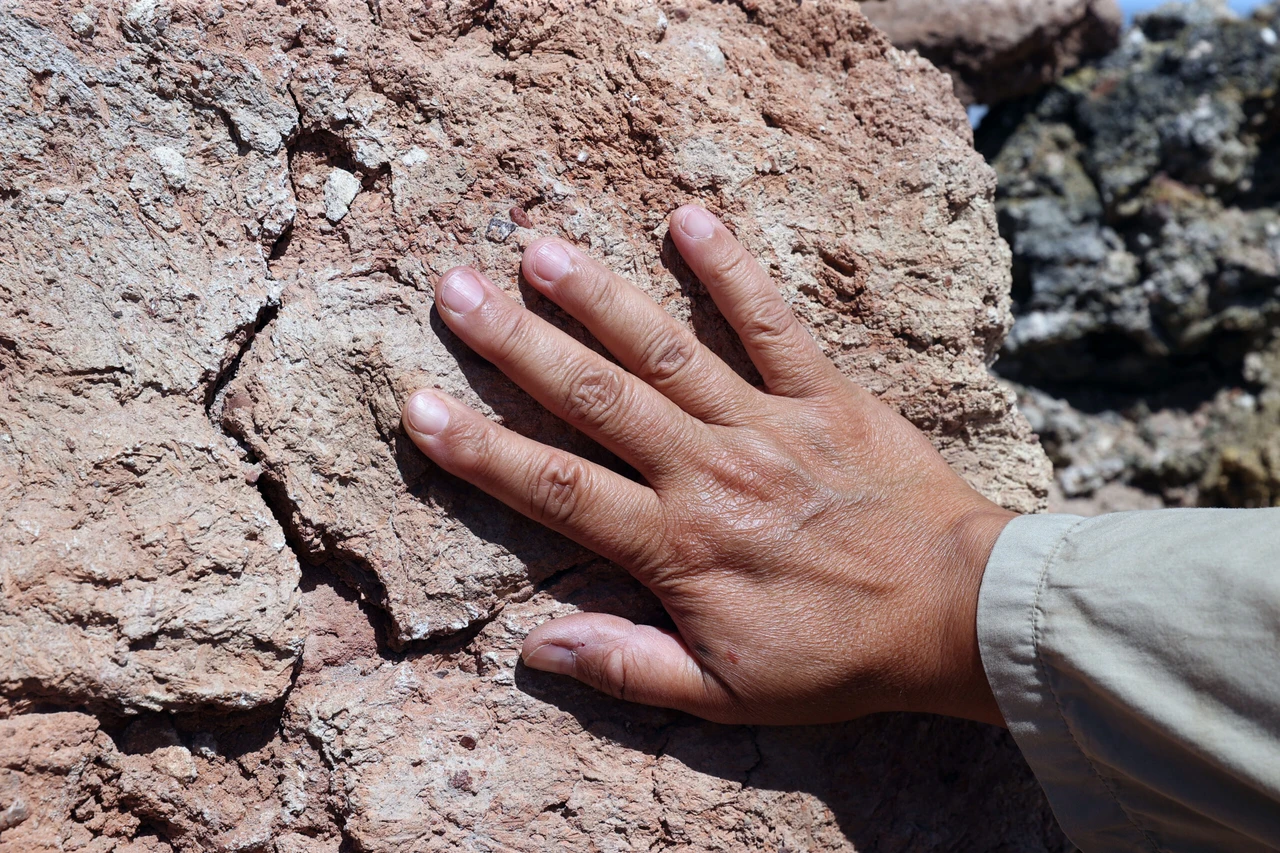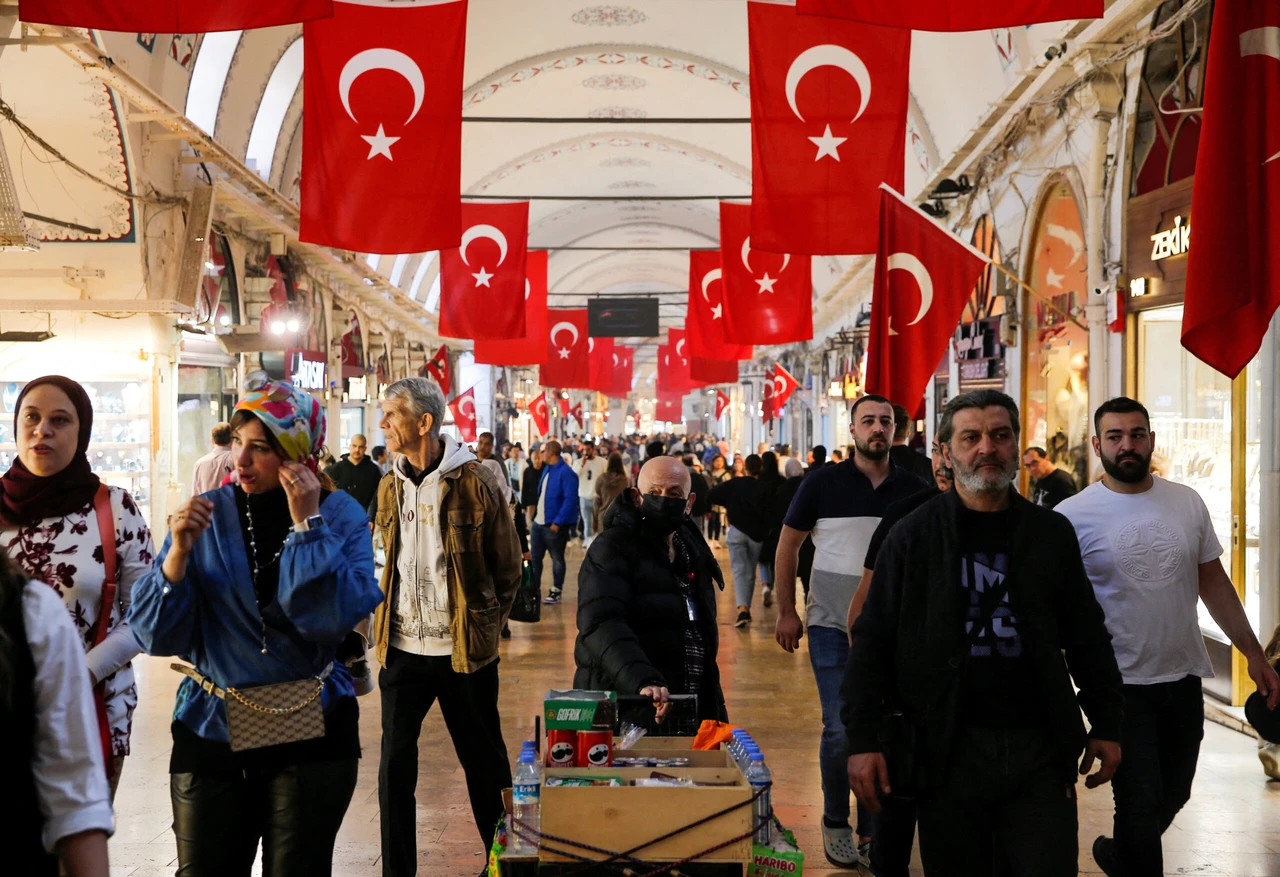Did Cleopatra bathe in pool of milk in Anatolia? Short answer: No
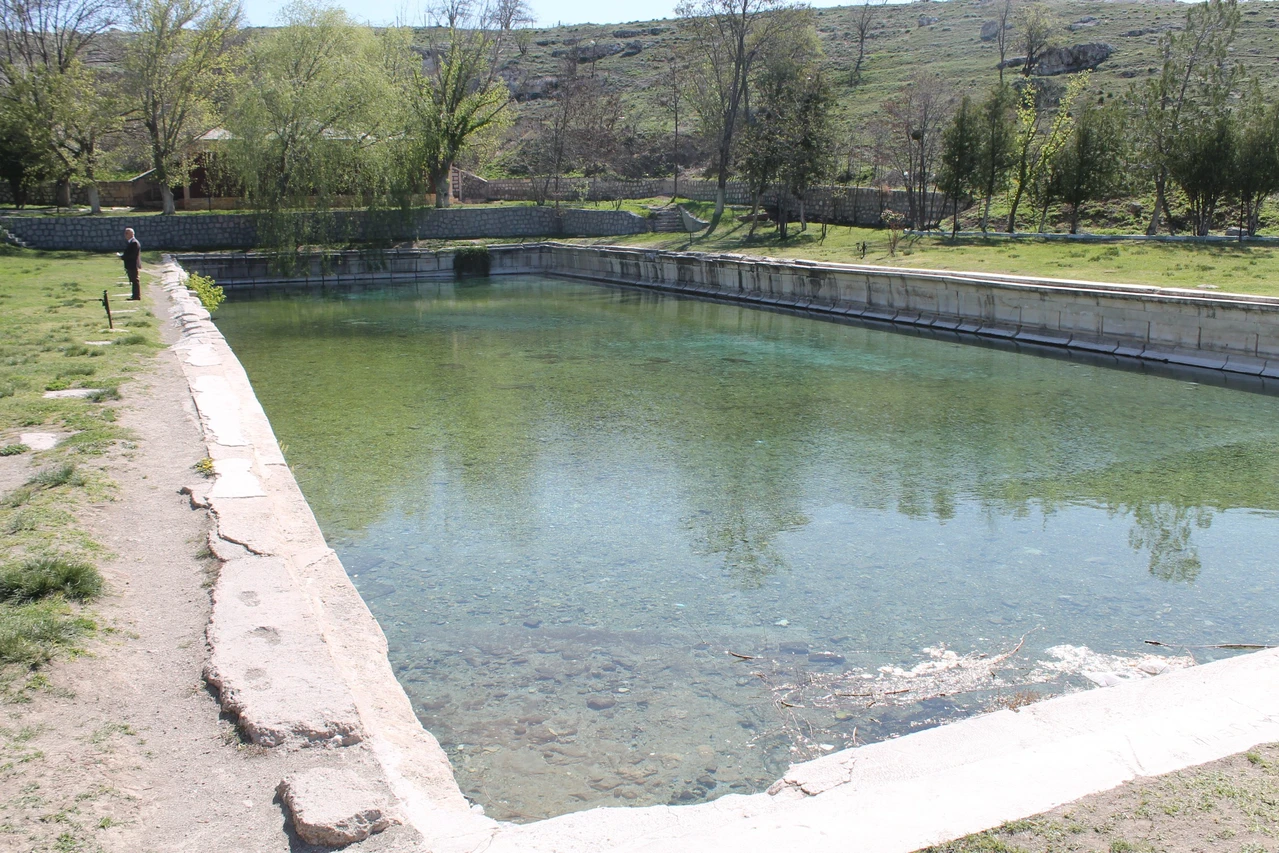 Ancient Roman pool, Nigde, Türkiye, June 2, 2017 (IHA Photo)
Ancient Roman pool, Nigde, Türkiye, June 2, 2017 (IHA Photo)
The claim that Cleopatra, the last queen of Ancient Egypt, bathed in milk in a Roman pool in Nigde, Türkiye, is nothing more than a misinterpretation of history. In 2017, during the height of the controversy, archaeologist Fazli Acikgoz, who was the director of the Nigde Museum at the time, debunked this widely spread myth.
Historical inconsistency between Cleopatra and Roman pool
The famous Roman pool in Nigde, which dates back to the Roman Empire, has been associated for years with the legend that Cleopatra bathed in milk there. However, experts have pointed out that this story is entirely fictional. Cleopatra lived between 69 B.C. and 30 B.C., while the Roman pool was constructed much later, between the late 2nd century and early 3rd century A.D.
“There is a gap of hundreds of years between these two dates, so this rumor is completely baseless,” Acikgoz stated.
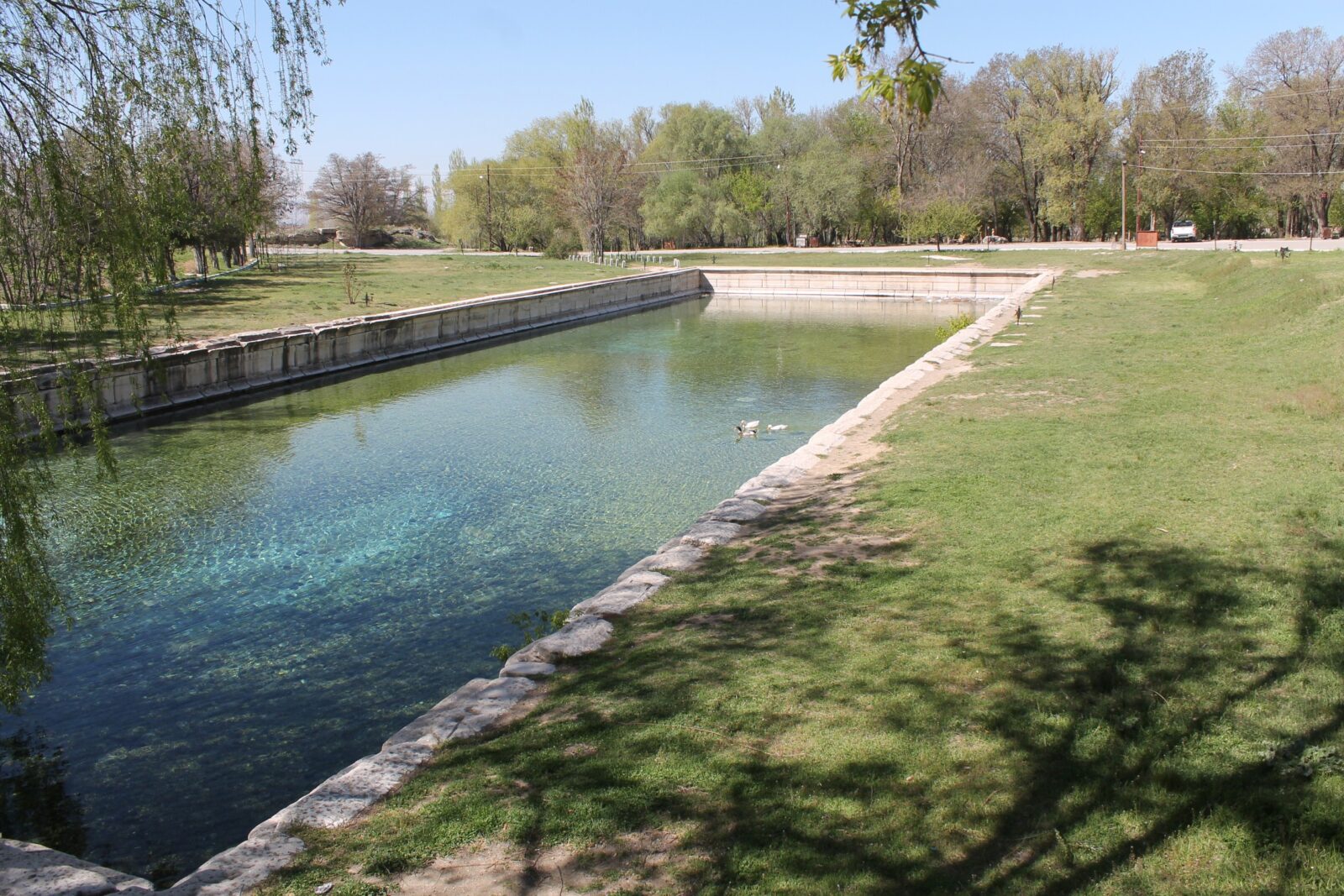
True purpose and history of ancient Roman pool
The Roman pool, built to Olympic dimensions, served as a crucial water supply structure for the ancient city of Tyana.
Acikgoz explained that the pool was constructed over a natural water source, and water collected in the pool was then transported to Tyana through underground channels and aqueducts.
Additionally, there are rumors that the pool was used as a ritual site in Roman times to test the truthfulness of individuals.
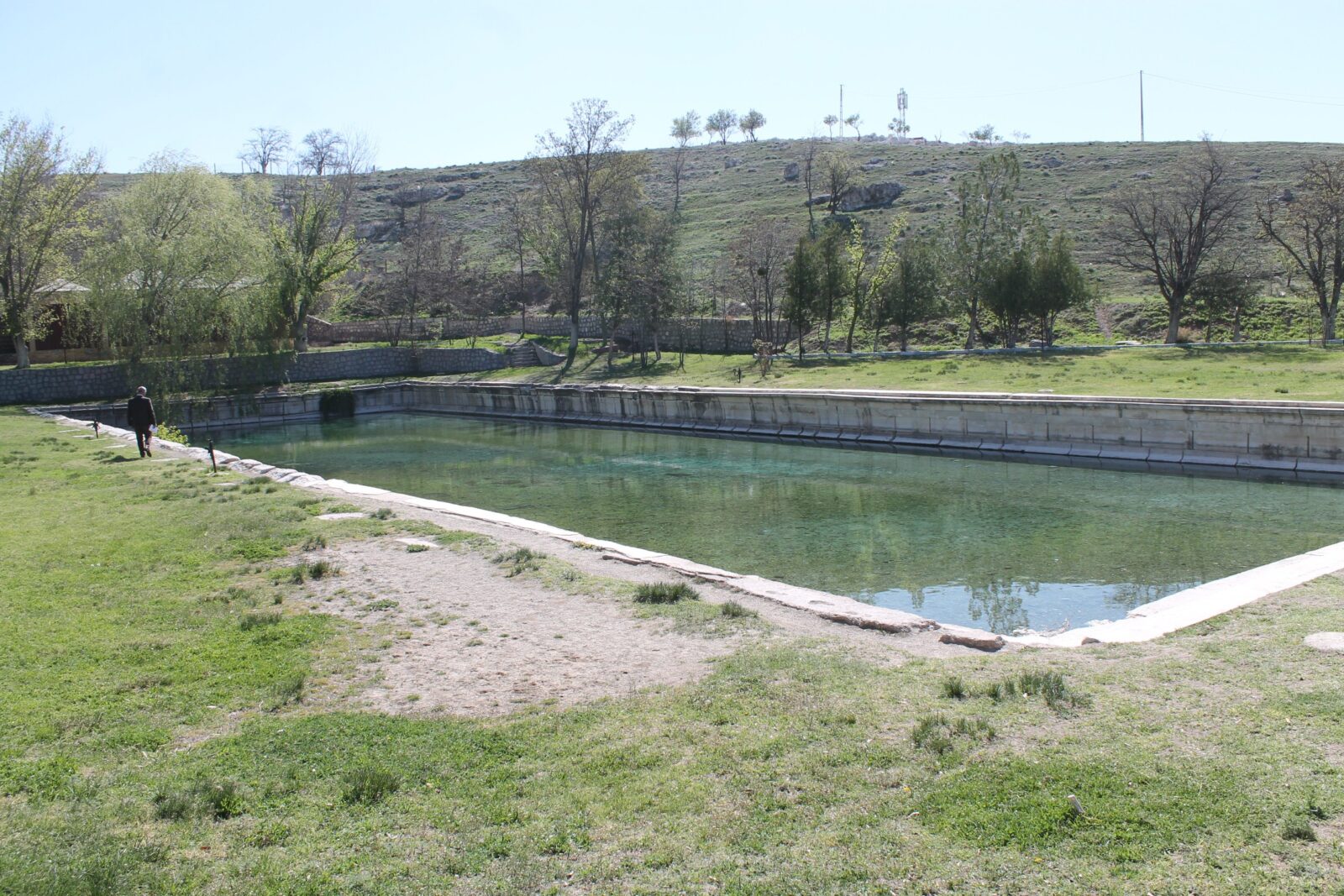
Constructed during reign of Emperor Caracalla
Acikgoz also noted that it was a tradition in Roman construction to mix coins and metal pieces into the mortar, and the same tradition was followed in the construction of this pool. “It has been determined that this pool was built during the reign of Roman Emperor Caracalla, between 197 and 217 A.D.,” Acikgoz said. This information was confirmed after the coins were cleaned and preserved.
For years, the Cleopatra myth has been debunked by the true history of the Roman pool in Nigde. The ancient Roman pool served a much more significant purpose than the milk bath legends suggest, as it provided water for the ancient city of Tyana.
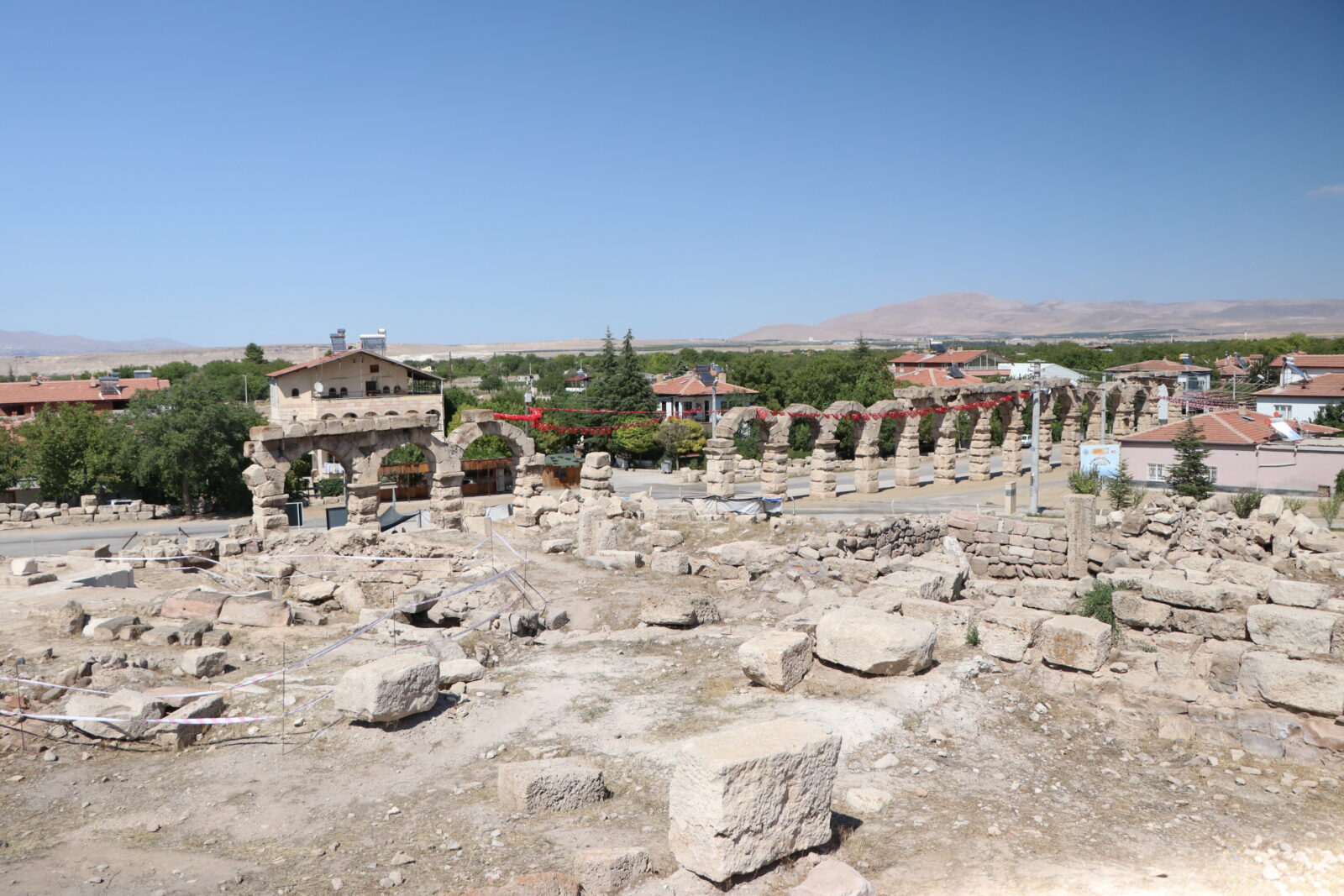
Ancient City of Tyana and aqueducts
The Ancient City of Tyana, located in the Kemerhisar district of Bor, Turkiye was once a vibrant city during the Roman era. Although much of the site remains buried beneath the modern town, significant sculptural works and architectural pieces have been uncovered through various archaeological excavations. These artifacts are now displayed in the Nigde Museum.
Kemerhisar derives its name from the aqueducts that were constructed during the Roman period to transport water from the source that feeds the ancient pool, also known as the Roman pool in Bahceli.
The aqueducts run from the Roman pool through Kemerhisar, with some sections still visible above ground, while others remain buried. These aqueducts, built in the 2nd and 3rd centuries B.C., played a crucial role in transporting water to the city.
The Tyana site is protected as a 1st, 2nd, and 3rd-degree archaeological site. The area, known as Tuwanuwa during the Late Hittite period, served as the capital under the famous king Warpalawa between 738–715 A.D. During the Roman period, from 30 A.D. to 395 B.C., Tyana reached its peak, becoming a major city filled with palaces, temples, aqueducts, and residential areas. It was also the capital of the Southern Cappadocia Kingdom twice during this era, marking its most prosperous period.
